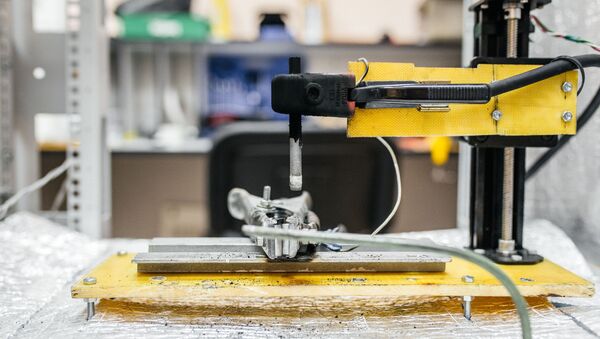Tungsten carbide is a super hard material widely used to make drilling tools and other wear-resistant parts.
According to TPU scientists, the possibilities of using tungsten carbide as a catalyst to produce hydrogen from water have been actively studied in recent years.
Platinum, palladium and a number of other expensive metals are still considered the best catalysts, but, according to scientists, they can be replaced by relatively inexpensive tungsten carbide nanopowder.
TPU scientists have managed to create a new electric arc method to synthesise tungsten carbide nanopowder. According to the authors of the study, the method can significantly improve the production technology: the new system is simpler, cheaper and more compact, as well as more economical and more reliable than its analogues.
“Using specially shaped graphite electrodes when generating electric arc plasma, we’ve managed to form an autonomous self-insulating gaseous medium without using a vacuum chamber. This greatly facilitates the process and reduces energy costs several times,” Alexander Pak, a researcher at TPU’s Ecoenergy 4.0 Research Centre, said.
Another advantage of the new method is the possibility of using worn-out drills, used cutter parts and other waste containing tungsten carbide as raw materials for the synthesis, the scientists stressed.
According to them, this technology has no direct analogues comparable in efficiency and economy.
In the future, the TPU research team wants to optimise the technology for practical implementation, as well as expand the list of waste that can be recycled with the new method. The research was carried out as part of the Russian Science Foundation project 19-79-00086.
The study results were published in the International Journal of Refractory Metals and Hard Materials.


